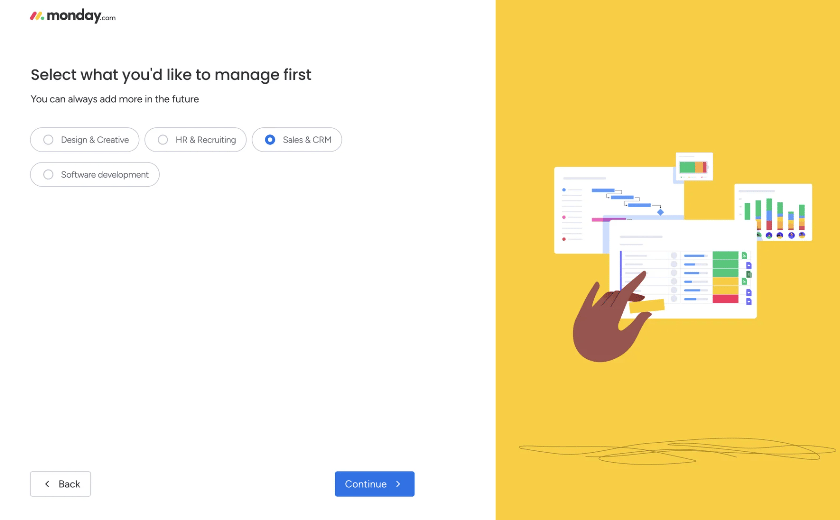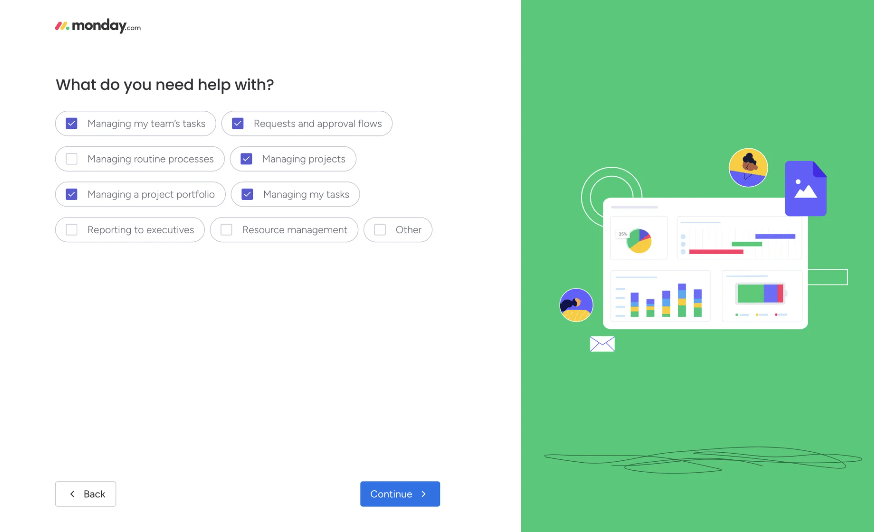In my apartment, no one can ever get in because of the damn intercom.
Delivery guys, new friends — doesn’t matter who. Every time they give up, text me, and I have to run downstairs.
The logic is there — but twisted.
To go from apartment 1 to 3, you don’t press numbers. You press Z.
To go back down, you press A.
If you stop and think, you can sort of get it: “Okay, no numbers, so maybe letters… Z means up, A means down.”
But nobody gets that far.
They just stare, give up, and message me.
Your users hit the same wall.
You designed an onboarding path that makes sense to you.
“First import your data.”
“Start by creating a project.”
“Set up your workspace.”
The logic is there — but it’s one logic. Yours.
If it doesn’t match how they expect to start, they don’t pause to figure it out.
They just give up and leave.
Congruence Bias
Psychologists call this Congruence Bias: the tendency to test only one explanation, the one that feels obvious, and ignore other possibilities.
In product, it shows up when teams design a single “happy path” and assume everyone will follow it.
But users bring their own instincts. If the path doesn’t match how they expect to start, they don’t troubleshoot. They just walk away.

How we are making it worse by trying to make it better
Most teams double down on the one path they already chose.
If users don’t follow, they add more tooltips, more checklists, more banners pointing back to the same starting step.
It feels like you’re helping.
But really, you’re just shouting louder that there’s only one “correct” way in.
And every user who doesn’t see themselves in that flow drifts away even faster.
Here’s a move you can steal from Monday.com to make it right
When you sign up, Monday doesn’t drop everyone into the same blank board.
They first ask: what kind of work are you here to manage? Marketing, HR, product, sales — you pick the world you live in.
Then they ask: what do you actually need help with? Tracking tasks, approvals, reporting, resourcing.
It’s two quick questions, but it changes everything.
Instead of assuming one path fits all, Monday lets people declare their own.
An important note here is a focus on “first”. Pick what you want to start with, we’ll drop you right there and figure out the rest later.


3 steps to break this pattern next week
Map the alternate starts
Sit with 5–10 new users and watch where they instinctively try to begin (or watch the recordings). List those paths.Add at least two doors in
Don’t force everyone into “import your data.” Offer a visible choice: template, import, or blank.Analyze segments
Track activation for each entry path separately. Kill the dead ends, double down on what works.

If you forget everything, remember this:
There’s always more than one way to do things.
Give users the flexibility to match theirs — instead of forcing them into yours.

